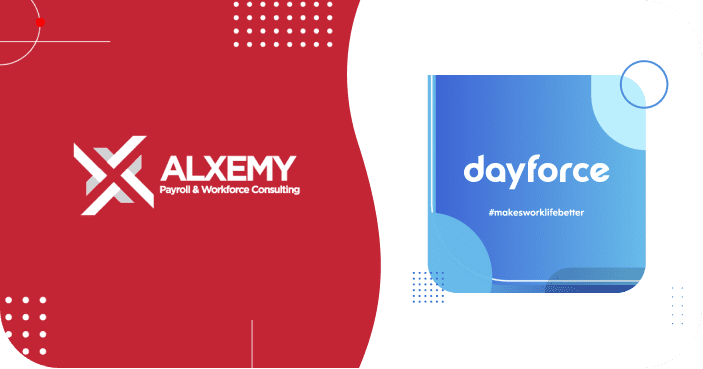A safe pair of hands in system implementation
Implementing a new payroll, workforce management, or HCM system is complex – with high stakes and even higher expectations. That’s where Alxemy comes in. We’ve helped some of New Zealand’s largest and most compliance-heavy organisations select and implement systems that actually work. From initial planning through to post-go-live support, we bring deep expertise, legislative understanding, and a structured, practical approach to every phase.

Software & Implementation Selection Services
Finding the right fit, not just the flashiest demo

Step 1: Software Selection
Finding the right fit, not just the flashiest demo
Activities Included:
Requirements Gathering
Stakeholder Engagement
RFP Development
Vendor Briefing
Vendor Shortlisting
Vendor Communications
Shortlisting & Demos
Scoring & Evaluation
Commercial Negotiation & Contracting
Outcome: A well-documented, defensible decision backed by stakeholder consensus and real-world business alignment.
Step 2: Implementation
Here’s how we do it:
Phases Included:
Project Initiation
We start by establishing strong foundations: aligning roles, responsibilities, and expectations from the outset.
- Governance and roles defined – Clear roles and decision-making structures ensure everyone knows who’s doing what.
- Charter and plan created – A documented roadmap with defined timelines, deliverables, and responsibilities to guide the project.
- Risk register and issue tracking – Early identification of risks and a framework to track, manage, and resolve issues as they arise.
Scope & Design
This stage ensures the solution is built around your actual business processes – not the other way around.
- Functional and technical workshops – Sessions with stakeholders to map out processes, requirements, and dependencies.
- Process and integration alignment – Confirming how the new system will integrate with existing tools and workflows.
- Configuration blueprint – A documented design of how the system will be configured based on your business requirements.
Build
At this stage, the vendor takes the lead in bringing your approved designs to life. We work closely with them to ensure system environments are configured correctly, integrations are developed to specification, and reporting and automation are delivered as planned.
- System setup and configuration – We coordinate with the vendor to ensure system environments are set up and configured in line with approved technical and business requirements.
- Integration and reporting – We oversee the development of key system integrations and custom reports, ensuring outputs are accurate, fit-for-purpose, and aligned with your operational needs.
- Automation development – We work with your vendor to ensure automated workflows and business rules are developed as scoped; streamlining manual tasks and supporting efficient, scalable operations.
Data Migration
Clean, accurate data is critical. We manage the process from legacy system extraction through to loading.
- Mapping, cleansing, extraction – Ensuring data is structured correctly, cleaned, and pulled from source systems.
- Load testing and preparation – Test loads are performed and validated before final production imports.
Testing
Rigorous testing ensures everything works as expected before go-live.
- Unit, scenario, UAT and SIT – Functional, process, and integration testing across common and edge cases.
- Two parallel runs per pay group – Comparing outputs between legacy and new systems to identify discrepancies.
- Variance analysis – Breaking down any differences into categories such as systemic issues, legacy errors, or acceptable rounding.
Go / No-Go
A critical checkpoint to confirm system readiness and stakeholder confidence.
- Cutover planning – A step-by-step plan for system switch-over with minimal disruption.
- Final data validation – Ensuring all required data is loaded accurately and securely.
- Stakeholder approval – Sign-off from key decision-makers before proceeding.
Go Live
It’s showtime – but you’re not on your own.
- Production execution – Running live processes in the new environment.
- Live support and user validation – Real-time support and final user checks during initial rollout.
Hypercare
- Post-go-live triage and support – Immediate support for any issues or user concerns.
- Documentation handover – Finalised process documentation and support materials.
- Lessons learned – A structured review to identify wins, challenges, and improvements for future projects.

What You’ll Gain
A Compliance Health Check from Alxemy doesn’t just help you meet legal requirements—it strengthens the way your business operates. Here’s what you can expect:
Expert Guidance for a Seamless Implementation
A well-implemented system doesn’t just function – it empowers your business to move forward with confidence. At Alxemy, we don’t just install software. We work in the trenches with your team, your vendor, and your stakeholders to ensure your Payroll, Workforce Management, or HCM system is configured correctly, implemented cleanly, and adopted fully. From governance and compliance to testing and go-live, our enterprise-ready approach is designed to deliver clarity, stability, and long-term value.
Enterprise
Tailored Delivery
Every project is shaped around your operational realities, legislative obligations, and future-state goals.
Minimised Risk
We proactively identify and manage risk from day one, helping avoid costly missteps and remediation later.
Change Management Support
Efficient, Structured Implementation
Upskilling and Enablement
Lessons Learned Built In
We incorporate feedback and insights throughout the project to continuously refine delivery.
Future-Proofed Solutions

Overcoming the Complexities of System Implementation
Delivering a new system is about more than technology – it’s about aligning process, compliance, and people. We help you navigate that complexity.


